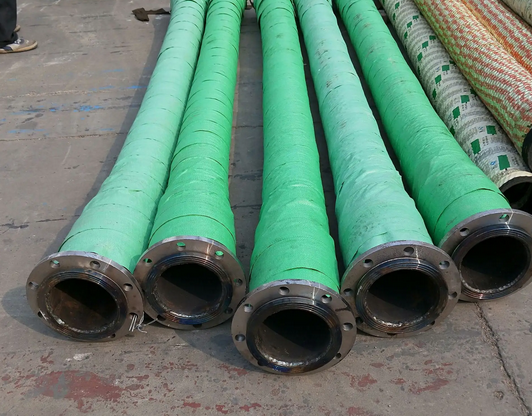Requirements for inlet and outlet piping of circulating pumps
The requirements for the inlet and outlet piping of the circulating pump are multifaceted, aiming to ensure the normal operation of the circulating pump system, improve efficiency and protect equipment. The following are some of the main requirements and considerations:
1. Pipe diameter selection
Flow and head: Select the specifications of the inlet and outlet pipes according to the rated flow and head of the circulating pump. Generally speaking, the inlet and outlet pipe diameters should be slightly larger than the inlet and outlet diameters of the pump to reduce resistance, increase flow, and avoid flow loss.
Pressure drop: Consider the pressure drop that the system has to withstand to select the pipe specifications to ensure that the fluid in the pipe can flow smoothly.
Connection method: The pipe diameter should match the inlet and outlet connection method of the pump, such as flange connection, threaded connection, etc.
2. Pipeline layout
Short and straight: The suction pipe should be as short and straight as possible, avoiding too many elbows and diameter changes to reduce fluid resistance and the risk of cavitation of the pump.
Avoid cavitation: When using a high-position layout, the suction pipe of the pump should avoid the formation of cavitation to ensure the normal suction of the pump.
Smooth transition: The pipeline layout should be as smooth as possible to reduce sudden changes in direction to reduce fluid resistance and pressure loss.

3. Valves and accessories
Check valve: A check valve should be installed on the outlet pipe of each circulating water pump to prevent fluid backflow and protect the pump and system.
Flow control valve: In situations where a stable flow is required, a flow control valve can be used to automatically stabilize the flow and ensure the normal operation of the system.
Gate valve: A gate valve should be installed at the inlet and outlet of the pump to facilitate system maintenance and overhaul.
Thermometer and vent pipe: A thermometer and vent pipe can be installed on the inlet and outlet pipes of each cooling tower to facilitate monitoring of fluid temperature and exhaust of air in the system.
4. Pipes and materials
Pipe selection: Select appropriate pipes such as metal pipes, plastic pipes, etc. according to the properties of the circulating water (such as temperature, corrosiveness, pressure, etc.).
Material requirements: The material of the pipe should meet the pressure, temperature and corrosiveness requirements of the system to ensure the long-term stable operation of the system.
5. Other requirements
Installation requirements: During installation, attention should be paid to the inlet and outlet directions to ensure the correct water flow direction. At the same time, the connection of the pipes should be firm and reliable to avoid leakage.
Maintenance requirements: Clean and maintain the system pipes regularly to avoid problems such as pipe blockage and corrosion.
Safety measures: During the design and installation process, the safety performance of the system should be fully considered, such as setting safety accessories such as safety valves and pressure gauges to ensure the safe operation of the system.
The requirements for the inlet and outlet piping of the circulating pump involve multiple aspects. In practical applications, comprehensive consideration and reasonable design should be carried out according to specific needs and system characteristics.




